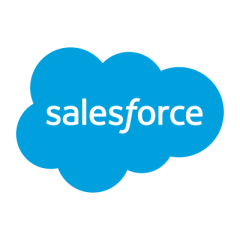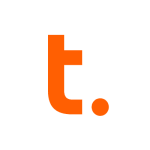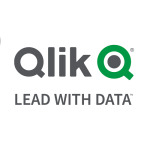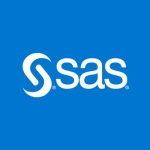The most valuable features of Tableau are:
- The ease of learning and use. Tableau is very user friendly. I have a few colleagues at my place of work that had never used it. Within a few months, they created brilliant content.
- The ability to connect to any data source without any reporting layer or meta-data layer needing to be developed. I can connect directly to Oracle tables & views, SQL Server objects, flat files, Excel files, anything. I don’t need to do any additional work in order to achieve this.
- The capability of creating brilliant, creative insights while still achieving data discovery. Tableau makes creating analysis fun and beautiful, while still finding incredible gold nuggets in the dark data of enterprises.
- The culture and support community around the product. There is a true excitement in the Tableau community and anyone who uses Tableau knows what I'm talking about. There are many user group community meetings around the globe that are educational, helpful and fun.
- The ability to share, collaborate and view content through Tableau Server or Tableau Public. It is easy to send users to a web portal to see content analysts create.
- The cost. Tableau is much lower priced than an Oracle-, SAP-, MicroStrategy-type product. The cost is similar to QlikView and a bit more than Microsoft PowerBI on its own (but you need an EA from Microsoft to leverage the lower pricing on PowerBI).
- The support. I can pick up my cell phone and call four people I know from Tableau and get their feedback and help right now.
We now are starting to remove the data silos. We are seeing how data visualization helps to lead to quicker actionable insight. It also has helped reduce the number of reports and dashboards the organization needs.
I am very excited about Tableau 10 and what has been built into the beta. I think with those changes and some we saw at TC15 that are coming, the product is poised to remain the industry leader.
I would like to see Tableau provide a bit better integration with the Microsoft Office platform. You can download your dashboard data to CSV or crosstab, but it’s not optimal. Even if it’s the best dashboard design ever, there are users that still want to see the numbers underneath. Until data visualization reaches a critical mass, like Excel did in the late 90s to early 2000s, we still will need a way to give access to some of the underlying data in an easy way for Microsoft Office to consume.
I have used it for 3 1/2 years.
I have not encountered any issues. Deployment, stability and scalability have been fantastic. We've had a few bugs, two of which were fixed by Tableau support and one took a bit longer and was fixed in a release. However, we've not had long-term outages due to any issues. Installing Tableau is easy. Upgrading the server could be easier, but I think they have addressed that with version 10.
Customer service and support at Tableau is top notch. I haven't seen a better organization in technology with this.
I have used Oracle OBIEE before and Tableau beats that product on cost, usability and ease/speed of development. I don't have to know how to develop the RPD or meta-data layer. Tableau does that behind the scenes when I import a data source. Tableau was also much cheaper than OBIEE.
We also own PowerBI and Tableau is significantly better at ease of use and the number of data sources.
Initial setup was straightforward. We had a rapid start-up "team" come and help us but it was one person and he was done in two days.
Tableau sent out one of their partners, Interworks. I would highly recommend Interworks to help with Implementation. They can make the most of the implementation with their Drive methodology.
Our first dashboard caught an issue in the system and almost completely paid for the server license with the money saved.
Negotiate the server license. The desktop license price is pretty set.
Find a couple of good, quick-win use cases and don't necessarily re-create the dashboard or report in Tableau, but find a way to tell something about the business that wasn't already known.

















How would improved integration with Microsoft Office improve your workflow/productivity?